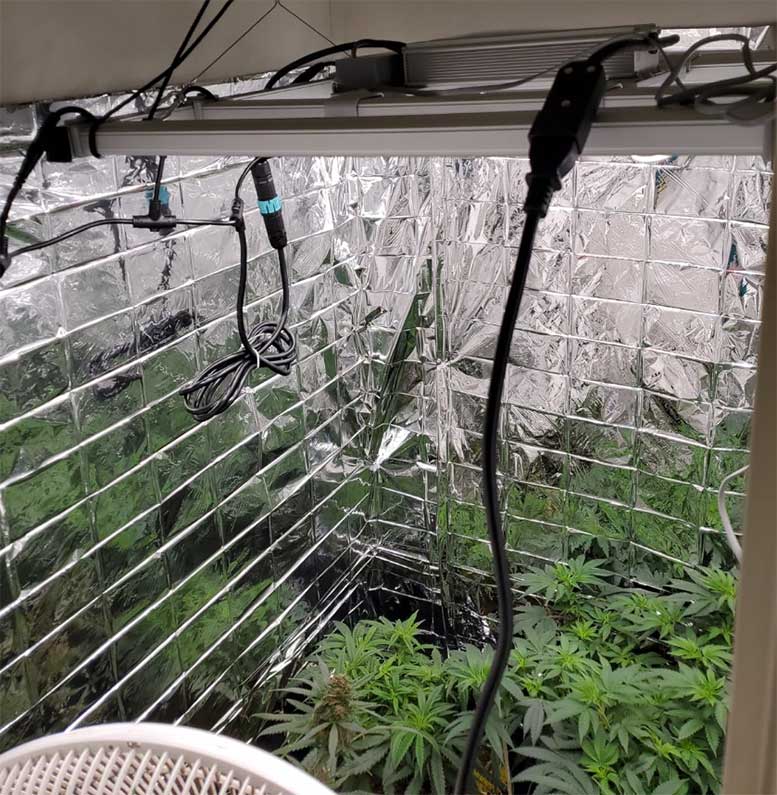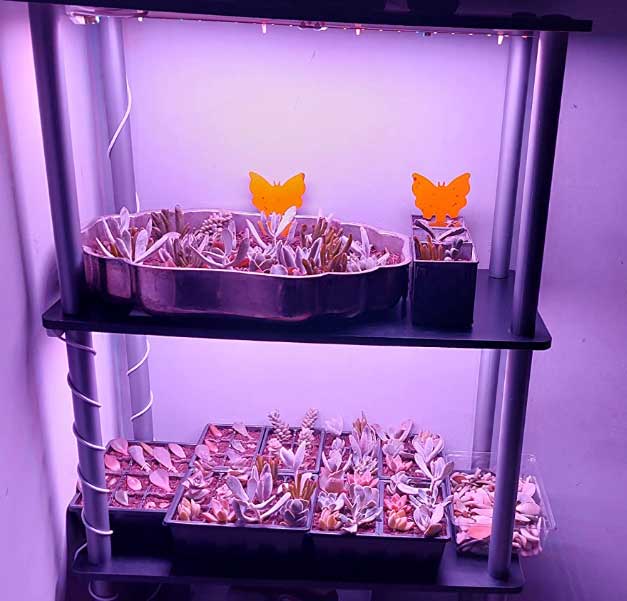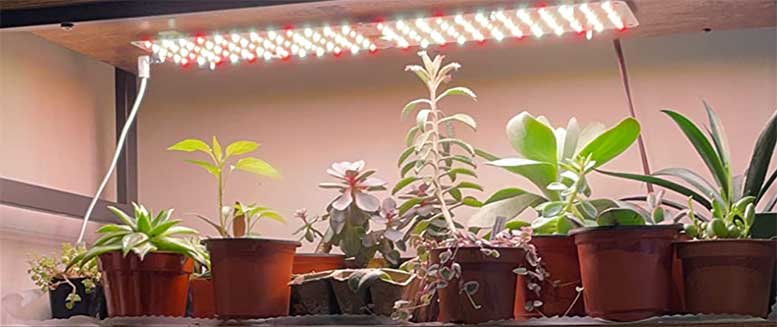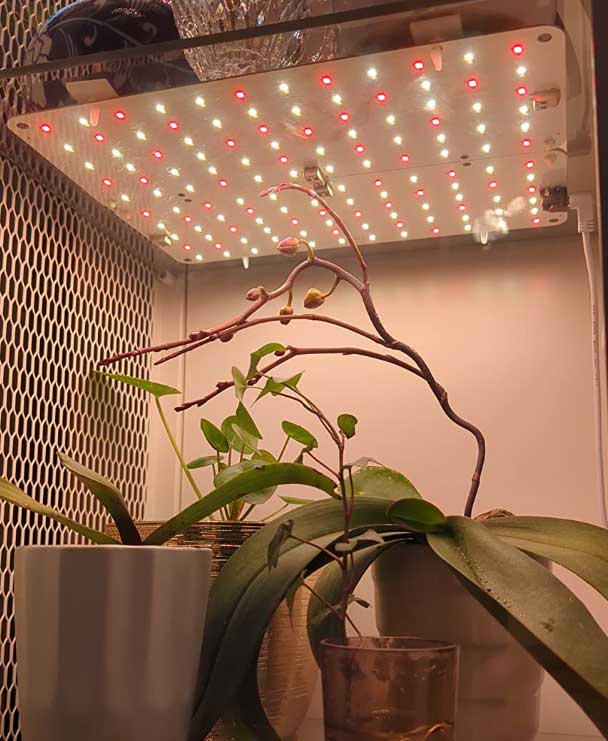Unleashing the Power of Light: How Different Colors Revolutionize Plant Growth
Through an examination of the impact of various wavelengths within the visible light spectrum, this article provides insights into optimizing plant growth.
By manipulating the light spectrum, growers can enhance specific plant responses, leading to desired outcomes.
With a focus on photoreceptors and the effects of different colors of light, this article sheds light on the future of plant cultivation and harnessing the power of light for maximum growth potential.
Key Takeaways
- Plants are responsive to different wavelengths within the visible light spectrum, as well as ultraviolet and infrared light.
- Photoreceptors, such as phototropins, cryptochromes, and phytochromes, play a crucial role in plant growth and development by interpreting light signals.
- Different wavelengths of light have specific effects on plant growth, such as blue light enhancing chlorophyll accumulation and red light triggering photosynthesis and biomass growth.
- LED grow lights provide the ability to precisely manipulate light wavelengths for optimal plant growth, allowing for customized growth strategies.
The Visible Light Spectrum and Plant Responses
The visible light spectrum influences plant growth and development in a variety of ways. Plants possess a remarkable ability to perceive and respond to different wavelengths within the visible light spectrum, ranging from 400 to 700 nanometers (nm).
Light serves as a crucial energy source for photosynthesis, where plants convert light into chemical energy. However, the effects of different wavelengths extend beyond energy production.
Blue light (380-500 nm) enhances chlorophyll accumulation and the production of secondary plant metabolites.
Red light (600-700 nm) is a potent trigger for photosynthesis and plant biomass growth.
Far-red light (700-850 nm) activates a shade avoidance response and promotes flowering.
Green light (500-600 nm) plays a role in photosynthesis by penetrating deeper into the plant canopy.
Understanding the specific effects of each wavelength allows for the optimization of light spectrum strategies, leading to improved plant growth and development.
Types of Photoreceptors and Their Functions
Photoreceptors, which are specialized pigments, play a crucial role in plant growth and development by interpreting light signals and initiating specific physiological responses.
There are three main types of photoreceptors: phototropins, cryptochromes, and phytochromes. Each type is finely attuned to distinct wavelengths within the light spectrum, allowing plants to respond to specific light cues.
To provide a deeper understanding, the following table illustrates the functions of these photoreceptors:
| Photoreceptor | Function |
|---|---|
| Phototropins | Induce plant movement and govern cell chloroplast movement. |
| Cryptochromes | Determine light direction and regulate processes like stem elongation inhibition and stomatal function. |
| Phytochromes | Play a central role in photomorphogenesis and influence stem elongation, shade avoidance, chlorophyll synthesis, and flowering responses. |
Understanding the functions of these photoreceptors is essential in crafting an optimal light spectrum for plant cultivation. By manipulating the light wavelengths, growers can stimulate desired plant responses and maximize growth potential.
Effects of Different Wavelengths on Plant Growth
Different wavelengths within the visible light spectrum have distinct effects on plant growth. Blue light, with wavelengths ranging from 380 to 500 nm, enhances chlorophyll accumulation, stomatal opening, and the production of secondary plant metabolites.
Violet and blue light have a significant influence on plant development and flowering.
Green light, in the range of 500 to 600 nm, plays a role in photosynthesis by penetrating deeper into the plant canopy.
Red light, ranging from 600 to 700 nm, is a potent trigger for photosynthesis and plant biomass growth.
Far-red light, with wavelengths between 700 and 850 nm, activates a shade avoidance response, promotes flowering, and enhances leaf expansion.
Ultraviolet light, in the range of 300 to 400 nm, can cause damage to plants but also has potential benefits for plant growth.
Understanding these effects is crucial for optimizing light spectrum strategies in plant cultivation.
Factors to Consider in Light Spectrum Strategies
When developing light spectrum strategies for plant cultivation, it is important to consider various factors. These factors play a crucial role in optimizing plant growth and ensuring successful cultivation.
Here are three key factors to consider:
- Crop Variety: Different plant varieties have varying light requirements. Understanding the specific needs of the crops being cultivated allows for tailoring the light spectrum strategy to meet their unique requirements. This personalized approach ensures that plants receive the ideal light spectrum for their growth and development.
- Light Intensity, Duration, and Timing: Besides the light spectrum, the intensity, duration, and timing of light exposure also impact plant growth. Finding the right balance and providing consistent and optimal light conditions throughout the plant’s life cycle is essential to maximize growth and yield.
- Continuous Research and Experimentation: The field of light spectrum strategies for plant cultivation is continually evolving. To stay at the forefront of this field, continuous research and experimentation are necessary. This ongoing exploration allows for the discovery of new insights and the development of innovative strategies that can further enhance plant growth and productivity.
Considering these factors in light spectrum strategies fosters a sense of belonging for cultivators, as they are actively engaged in providing the best conditions for their plants’ growth.
Harnessing LED Grow Lights and Future of Plant Cultivation
LED grow lights have revolutionized the future of plant cultivation by providing precise control over the light spectrum, intensity, and duration, allowing cultivators to optimize plant growth and enhance productivity.
These lights harness the power of LED technology to provide plants with the exact wavelengths they need for photosynthesis and development. With LED grow lights, cultivators can customize the light spectrum to suit the specific needs of different crops, resulting in improved yields and quality.
LED lights are also highly efficient, emitting a comprehensive range of wavelengths while consuming less energy compared to traditional lighting methods. This not only reduces costs for cultivators but also contributes to sustainable and environmentally-friendly practices in plant cultivation.
As LED technology continues to advance, the future of plant cultivation looks promising, with even greater potential for optimizing growth and maximizing productivity.
Frequently Asked Questions
How Do Plants Interpret Different Colors of Light?
Plants interpret different colors of light through specialized pigments called photoreceptors. These photoreceptors, such as phototropins, cryptochromes, and phytochromes, are finely attuned to distinct wavelengths within the light spectrum, influencing various aspects of plant growth and development.
What Is the Role of Photoreceptors in Plant Growth and Development?
Photoreceptors play a crucial role in plant growth and development. Phototropins induce movement and chloroplast movement, cryptochromes regulate light direction and stem elongation, and phytochromes influence photomorphogenesis. Understanding these photoreceptors is essential for optimizing light spectrum strategies in cultivation.
Can Different Colors of Light Affect the Taste or Nutritional Content of Fruits and Vegetables?
Different colors of light can affect the taste and nutritional content of fruits and vegetables. The composition of light, including specific wavelengths, plays a pivotal role in plant development and can influence the production of secondary plant metabolites and other important compounds.
How Does the Intensity of Light Affect Plant Growth and Development?
The intensity of light plays a crucial role in plant growth and development. Higher light intensities can promote photosynthesis and biomass growth, while lower intensities can affect flowering and other developmental processes. Understanding and optimizing light intensity is essential for successful plant cultivation.
Are There Any Negative Effects of Using LED Grow Lights on Plants?
There are no negative effects of using LED grow lights on plants. LED technology allows for precise manipulation of light wavelengths, providing plants with the necessary spectrum and intensity for optimal growth and development.
Conclusion
In conclusion, understanding the effects of different colors of light on plant growth and development can revolutionize cultivation strategies. By manipulating the light spectrum and utilizing advancements in LED grow lights, growers can enhance specific plant responses and achieve desired outcomes.
The functions of various photoreceptors, such as phototropins, cryptochromes, and phytochromes, play a pivotal role in plant perception and response to light.
Overall, harnessing the power of light has the potential to unlock the full potential of plant growth and shape the future of plant cultivation.









